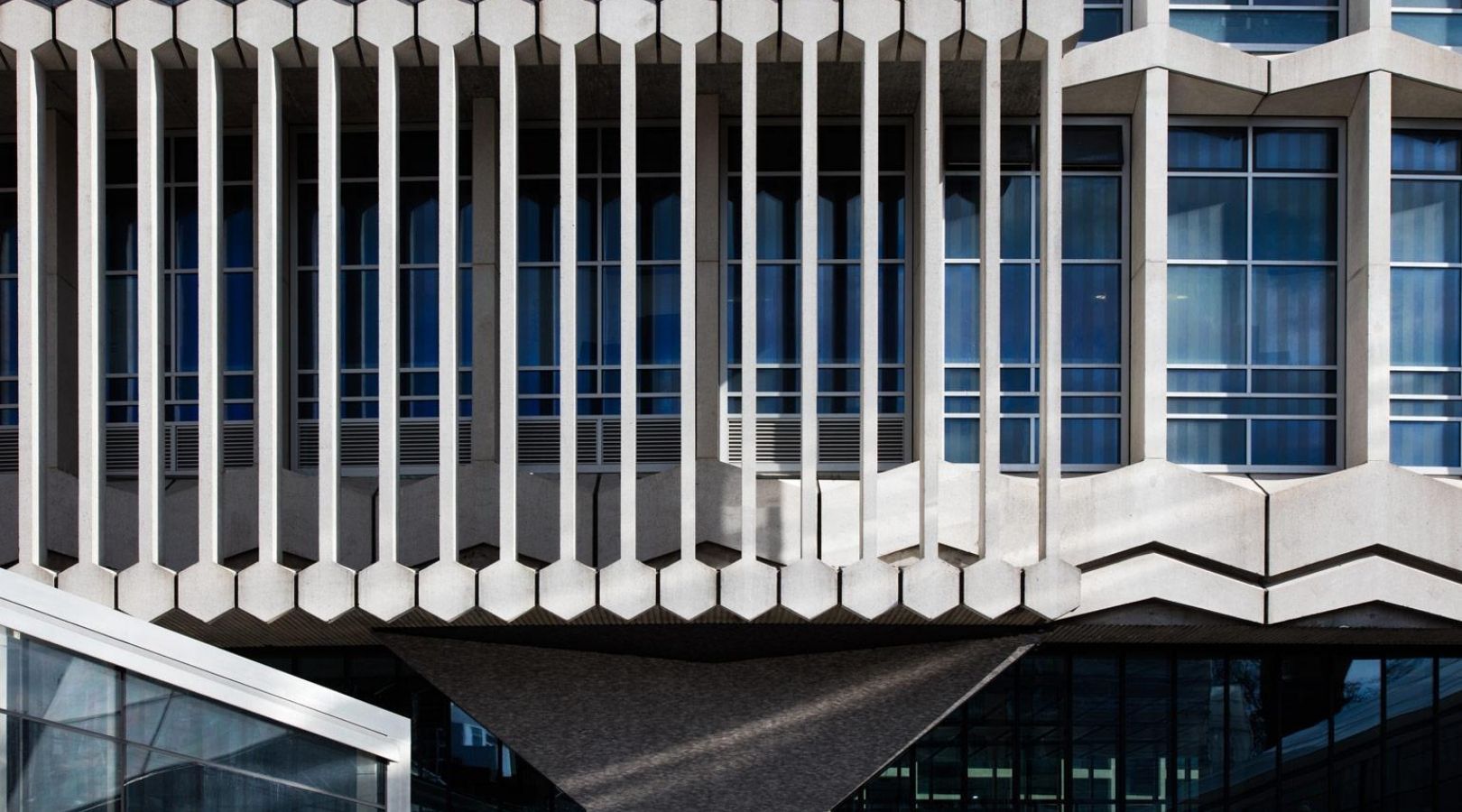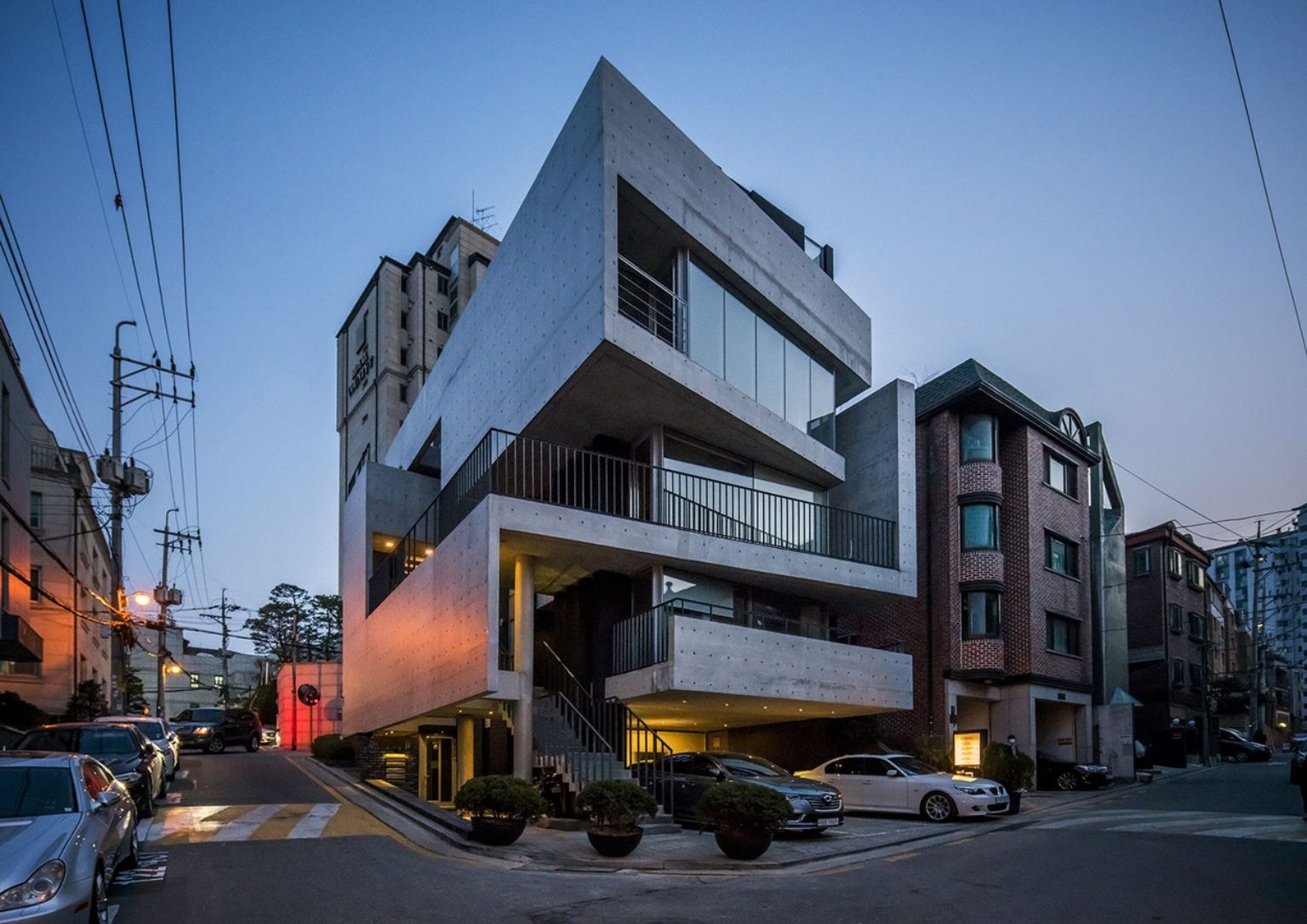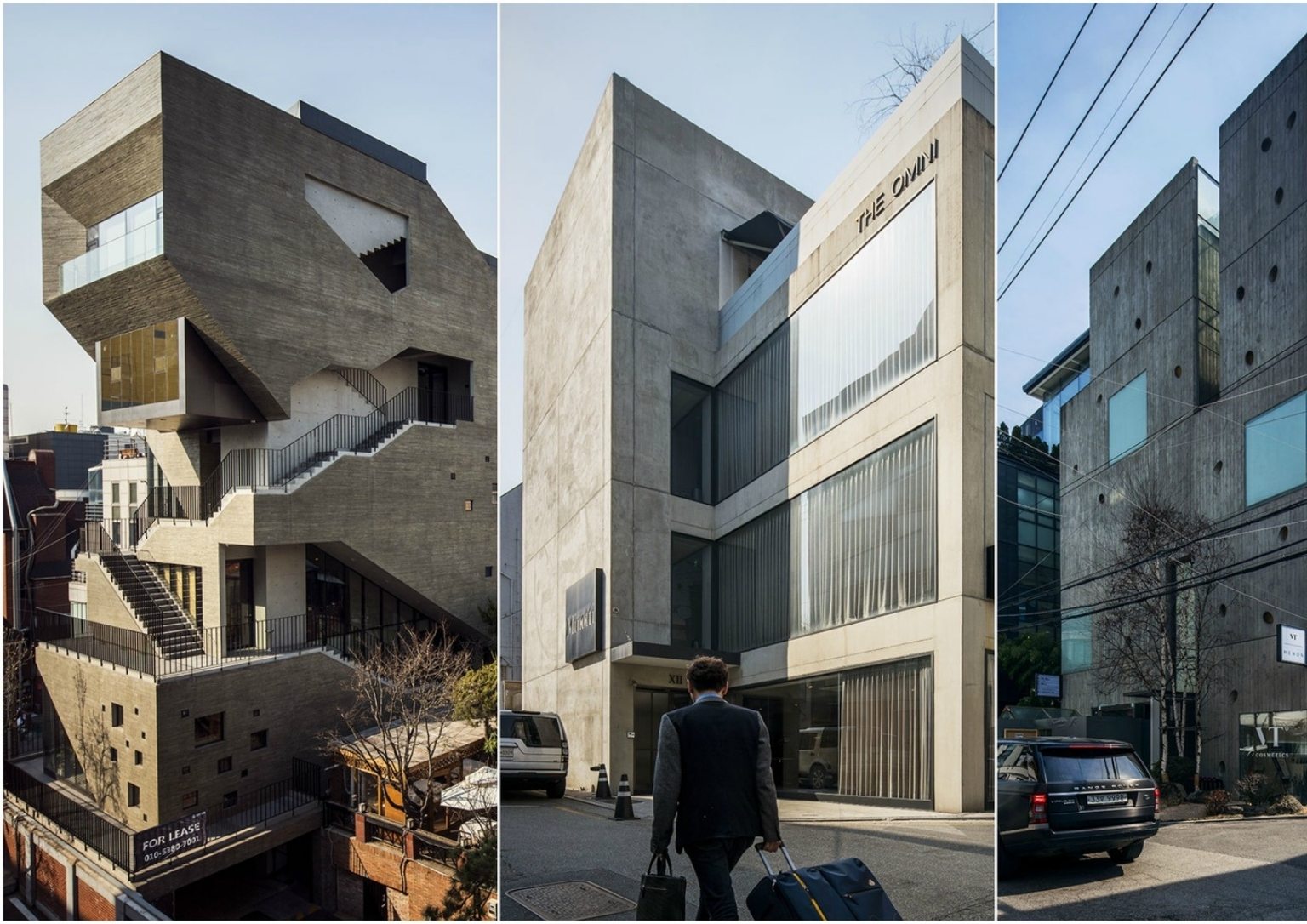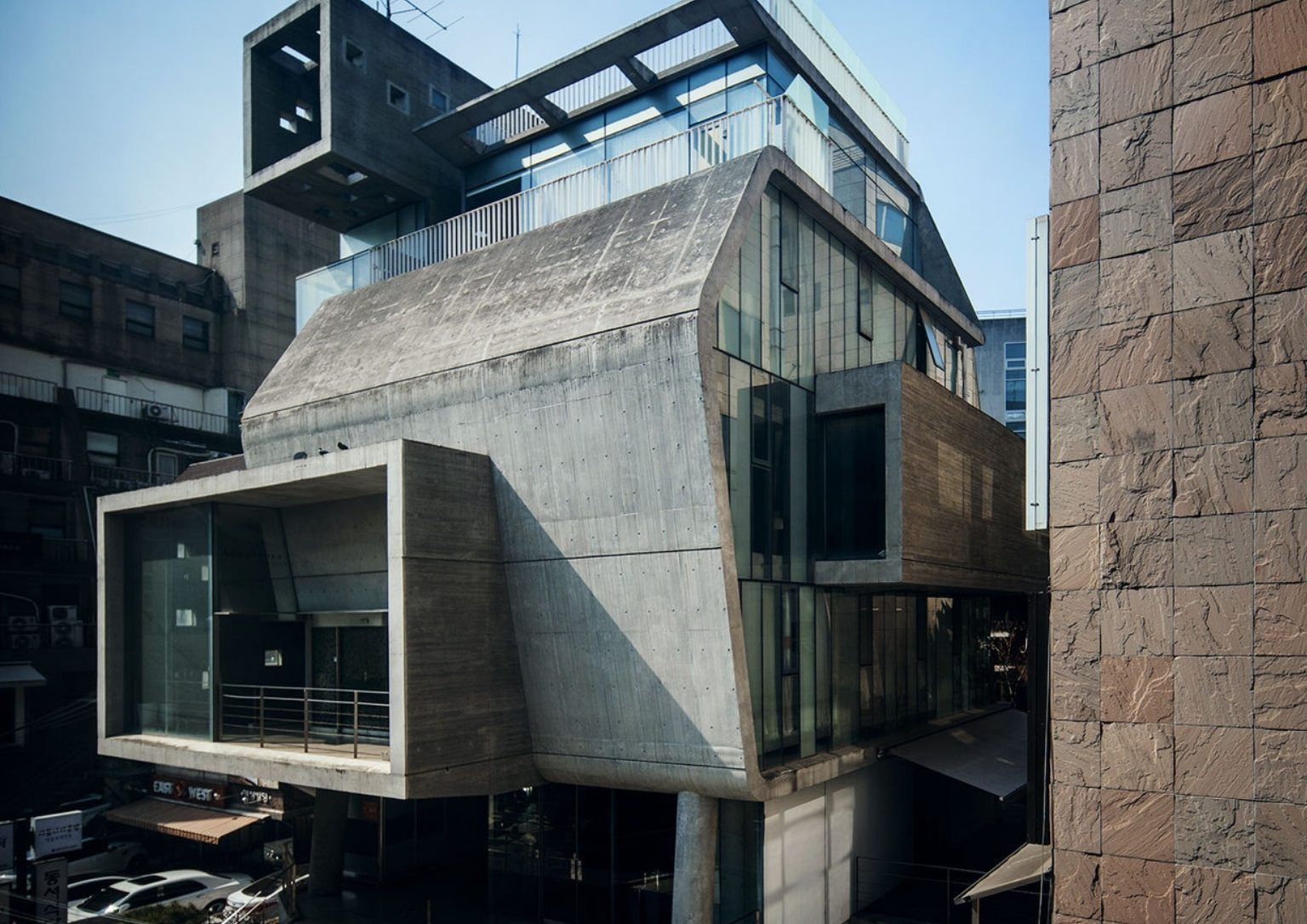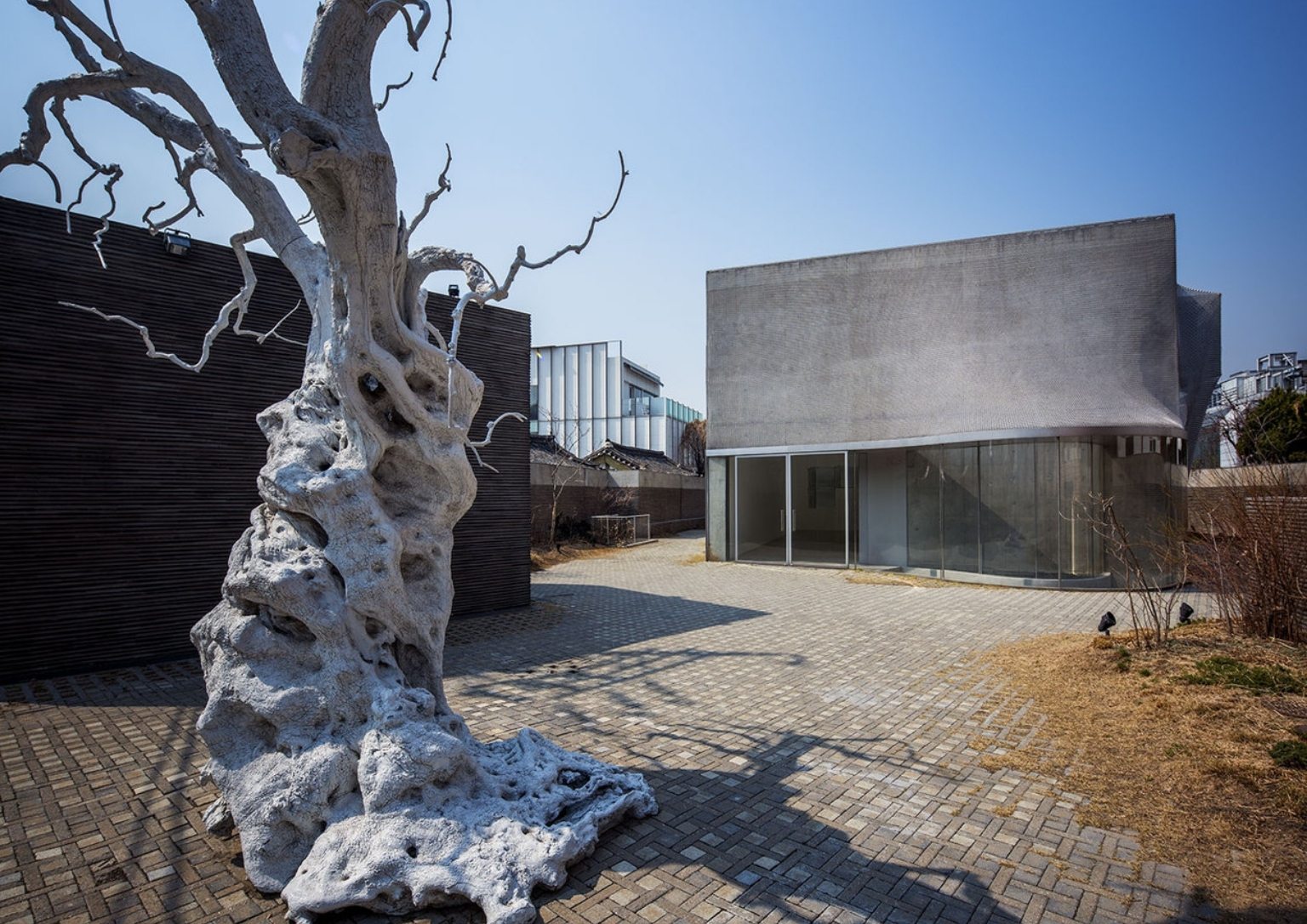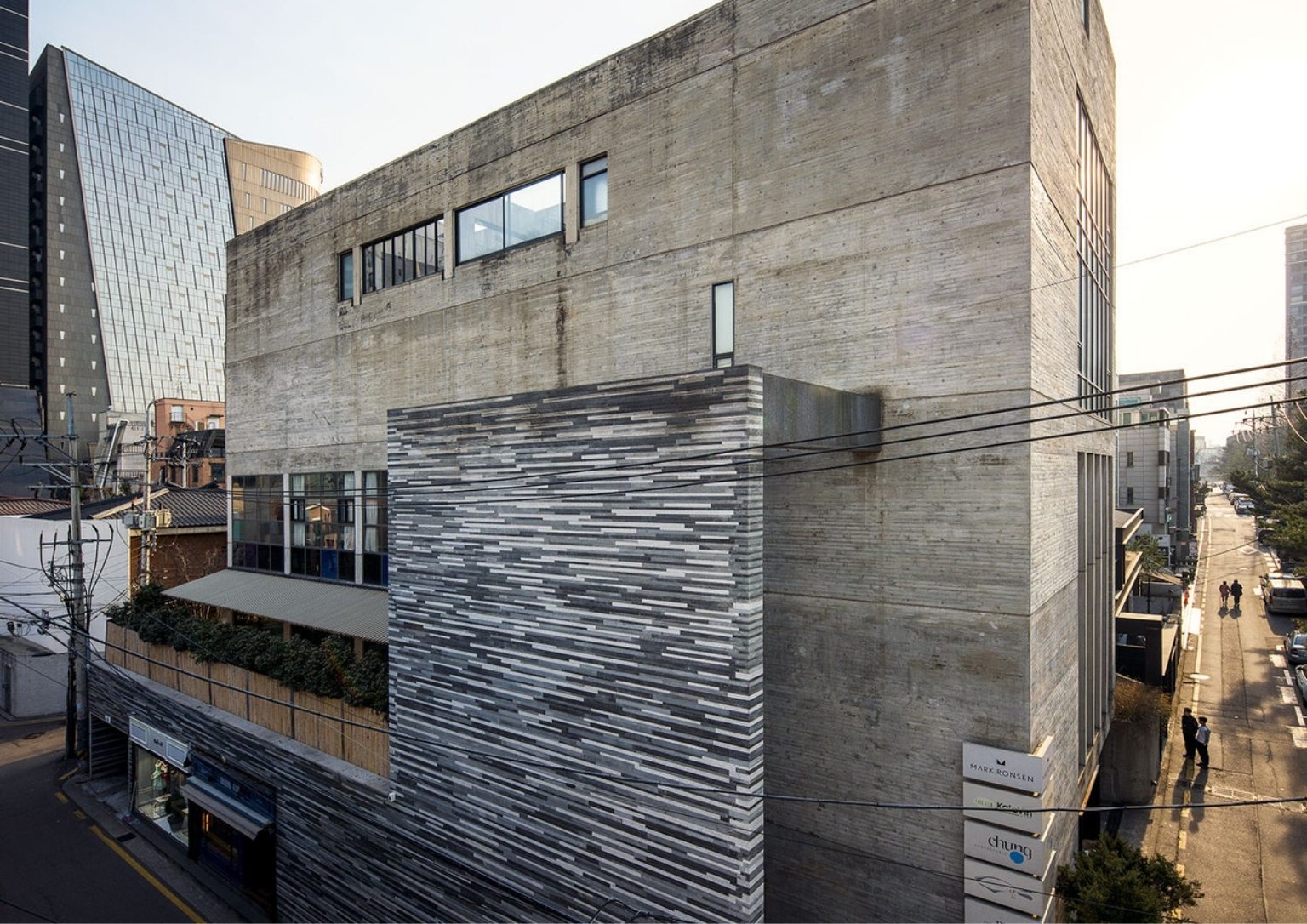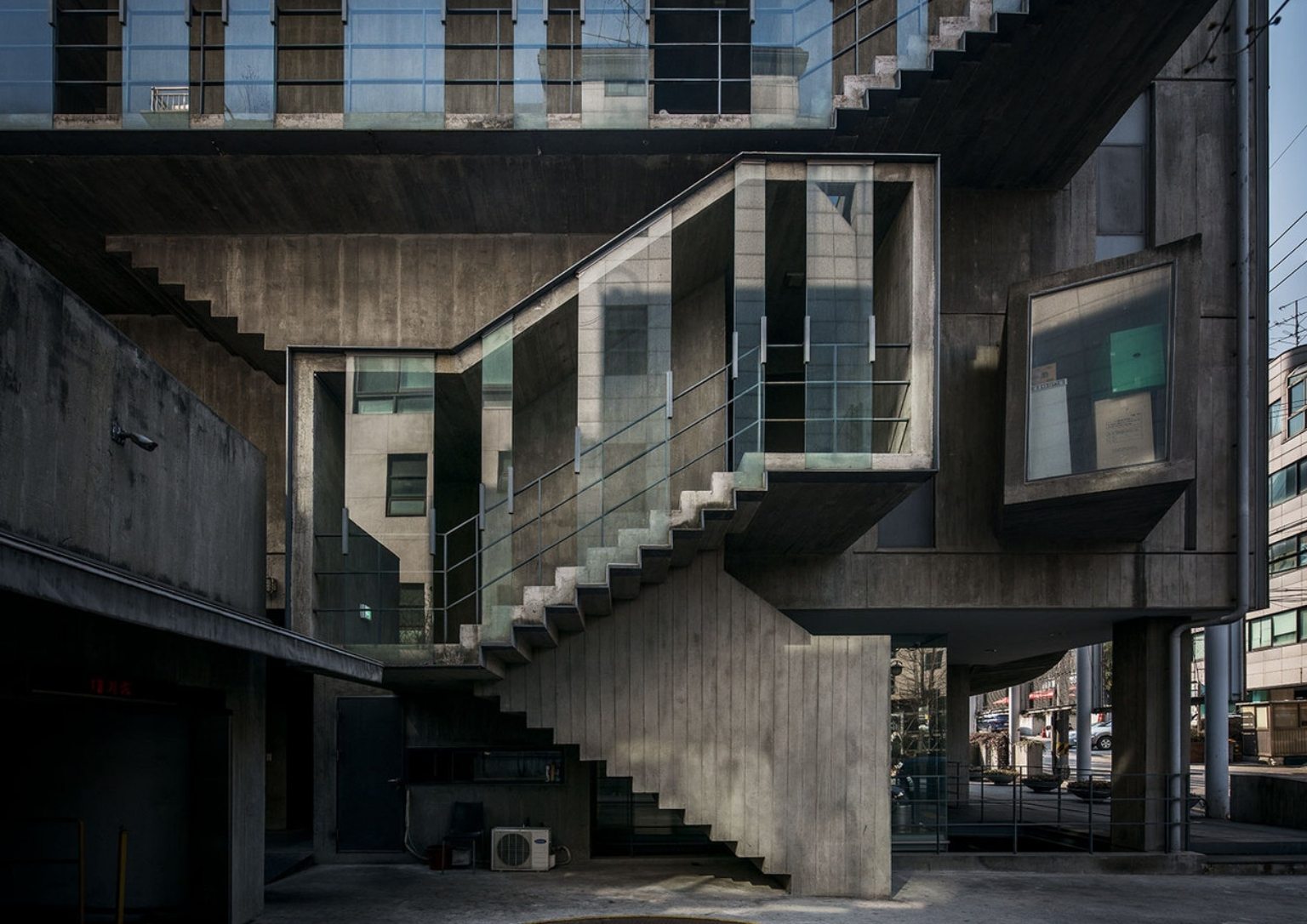Brutalist architecture or brutalism started in the 1950s and got its name from the French term ‘beton brut’ meaning raw concrete. The word brut evolved into ‘brutalist‘ due to the unpleasant acceptance of the design at that time. In a world where aesthetics are important, it is understandable that heavyset designs made of bare concrete void of decorative elements are seen as outcasts. Brutalism originated in post-war Europe when there was an urgent call to provide affordable and massive-scale housing for the heavily bombed areas.
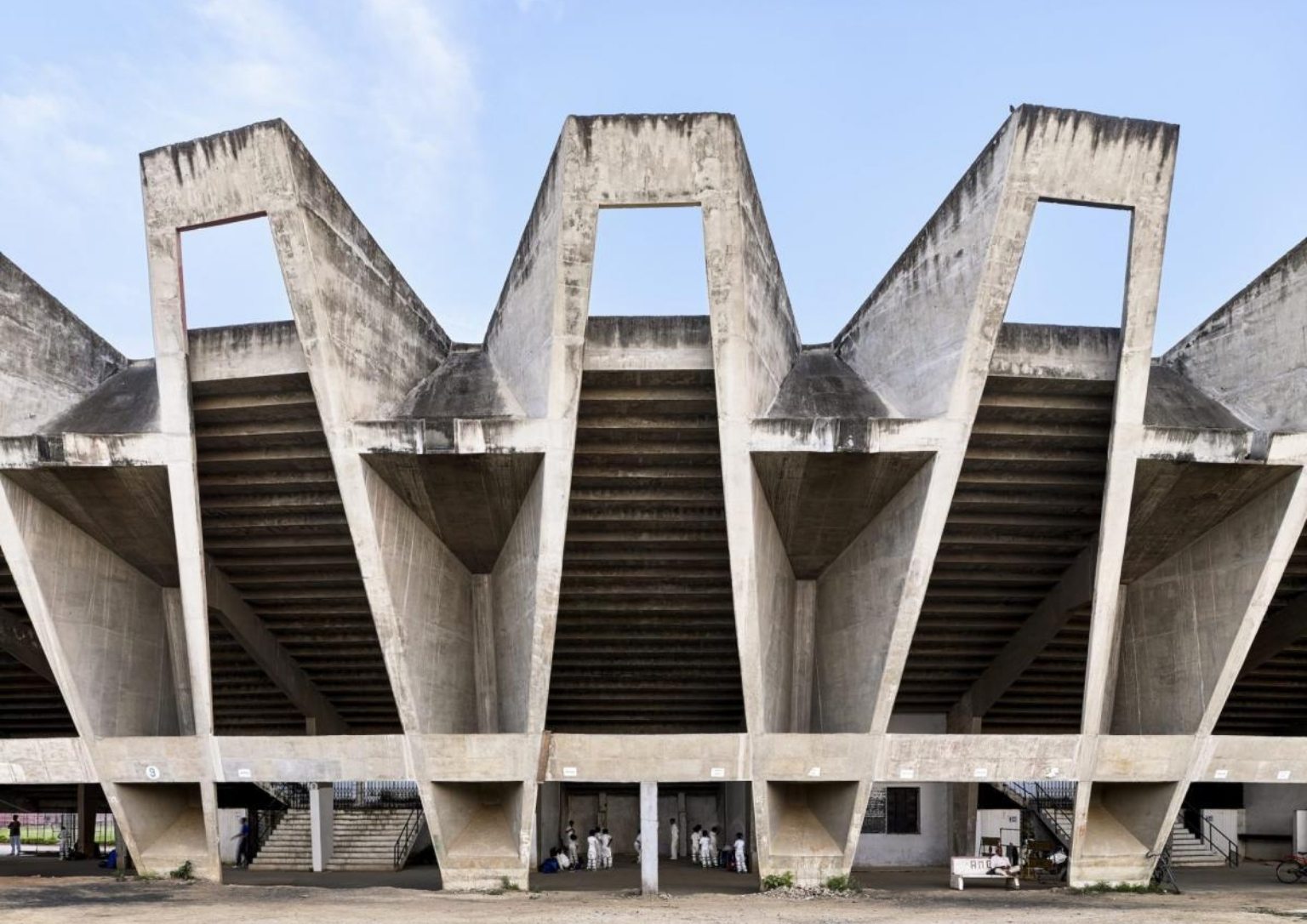
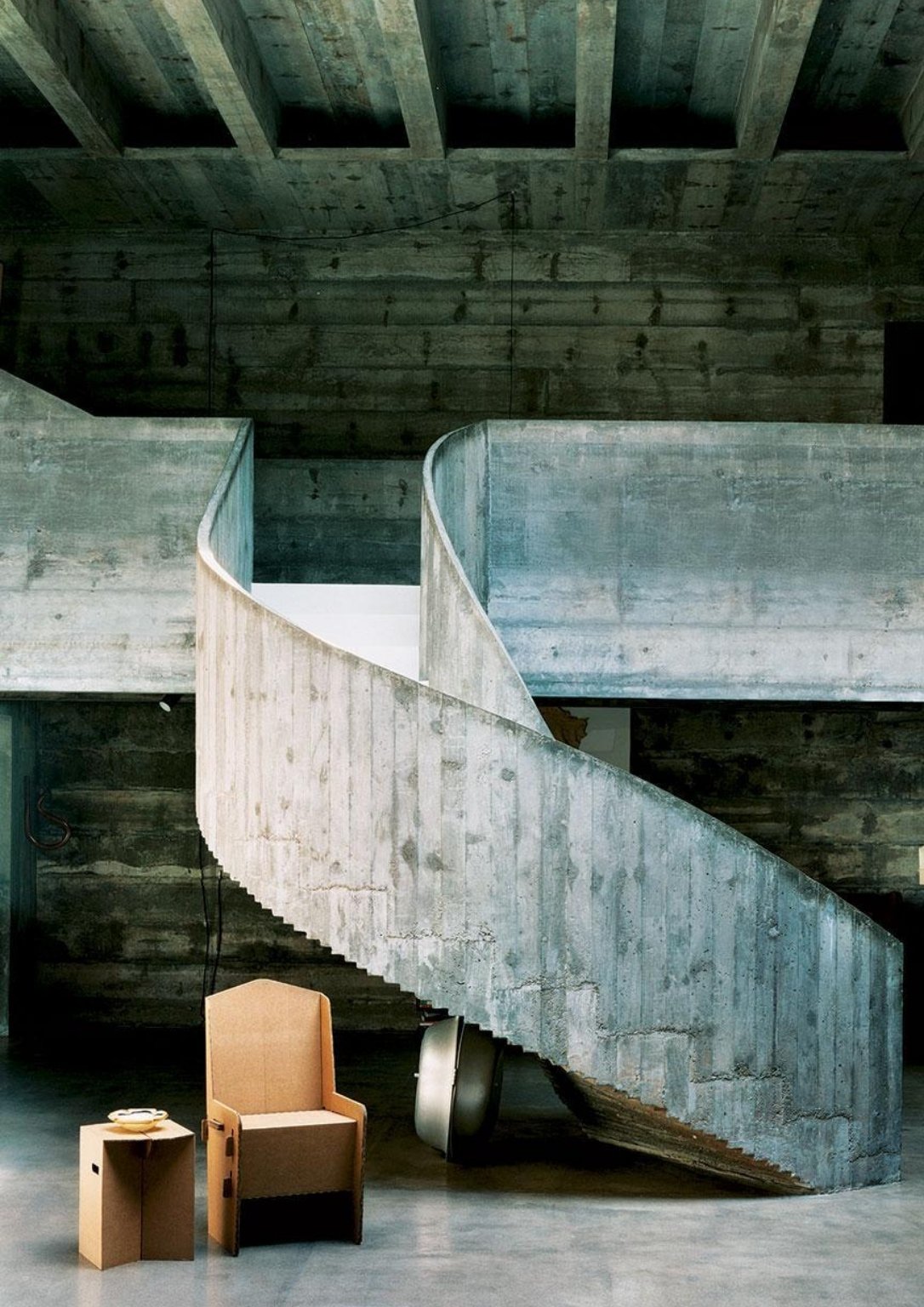
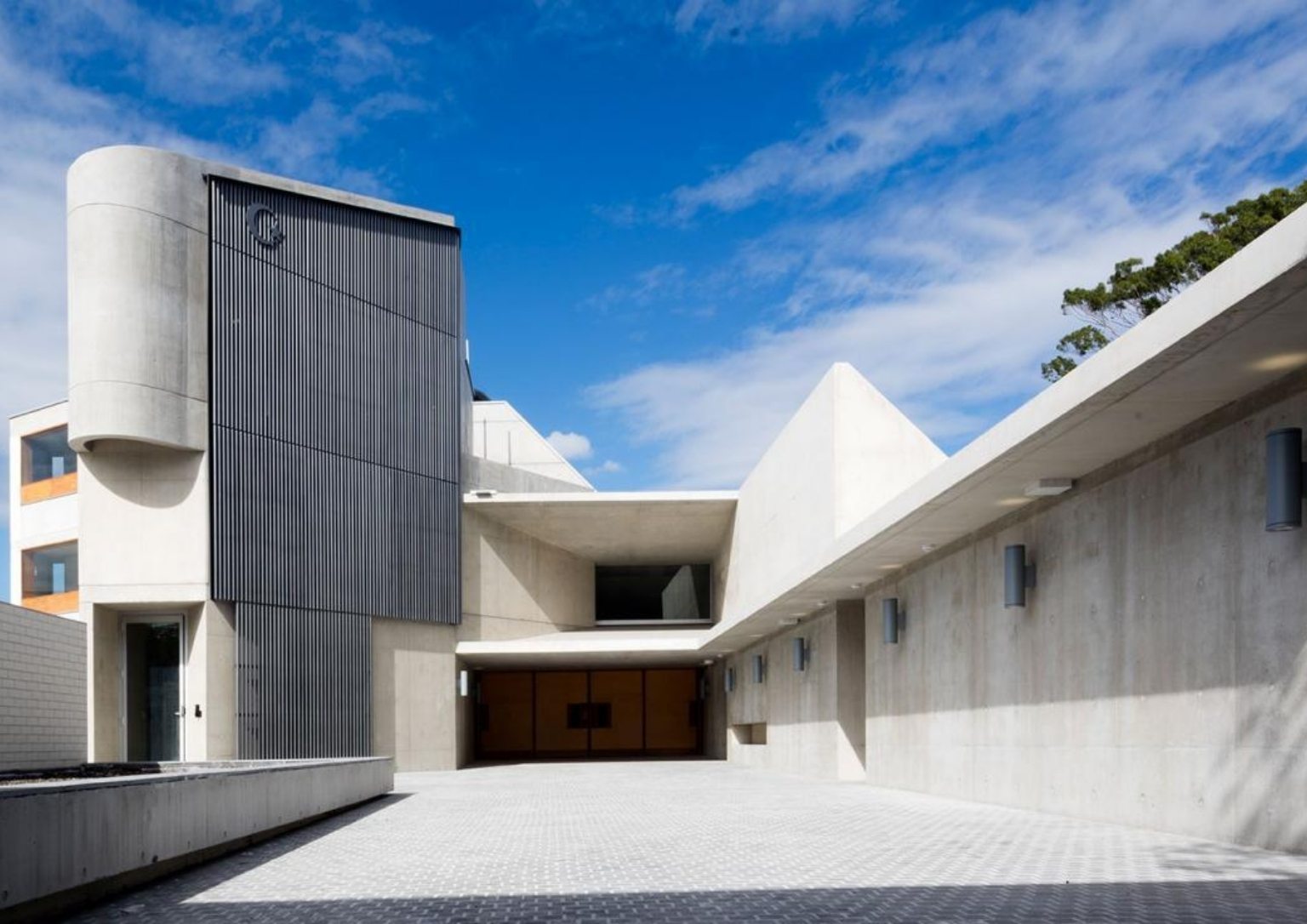
The brutalist architectural movement spreads throughout the world including Asia where prudent designs are easily adapted. In the Philippines, the architectural style flourished during the Marcos regime. Concrete, the main element of brutalism, is not only cost-efficient but abundant in our country as well. Architect Leandro Locsin built several brutalist structures in the Philippines. The CCP complex, the main vein of brutalism in the country is one great example. There is also his Makati Stock Exchange and the Locsin Building among others.
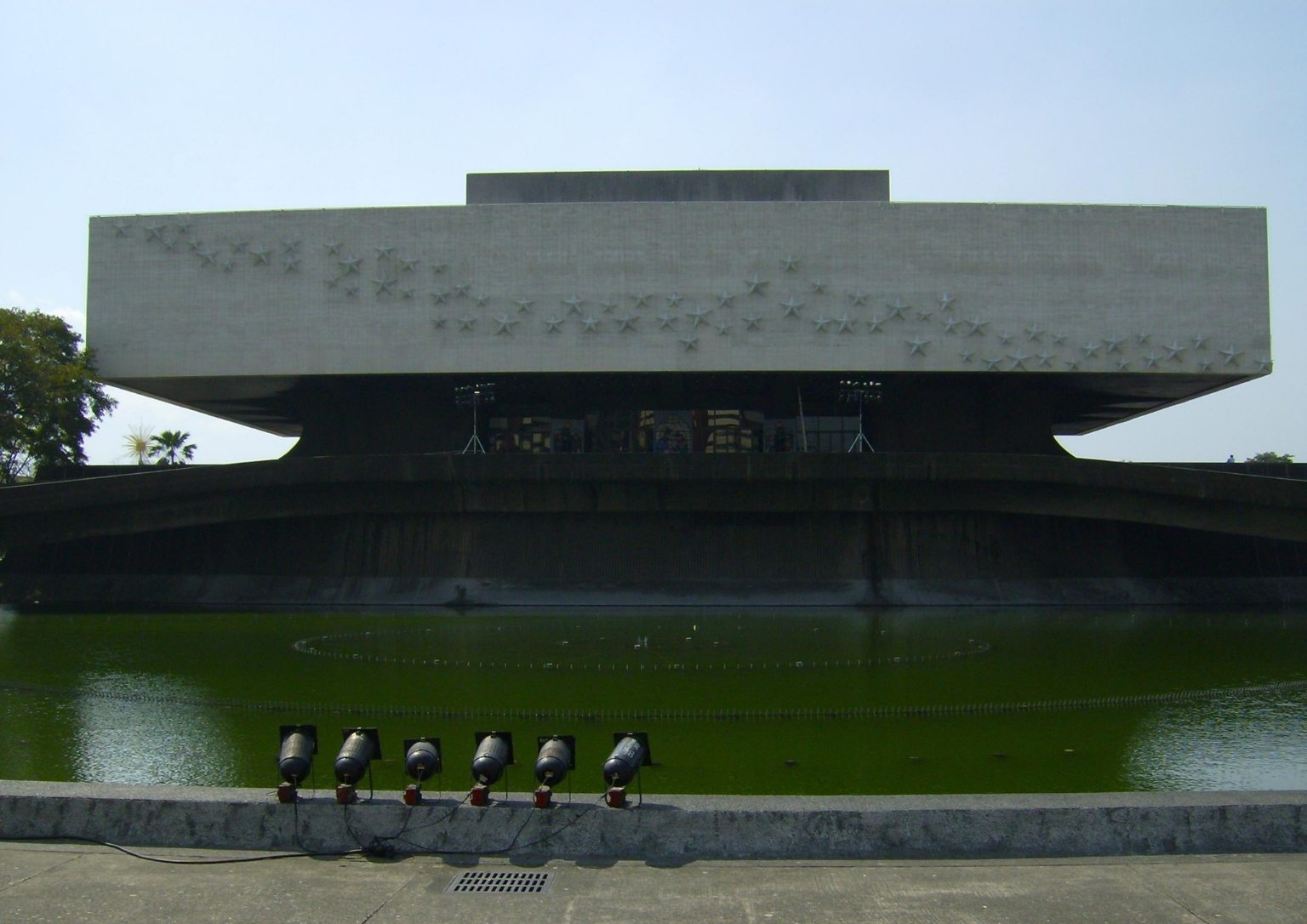
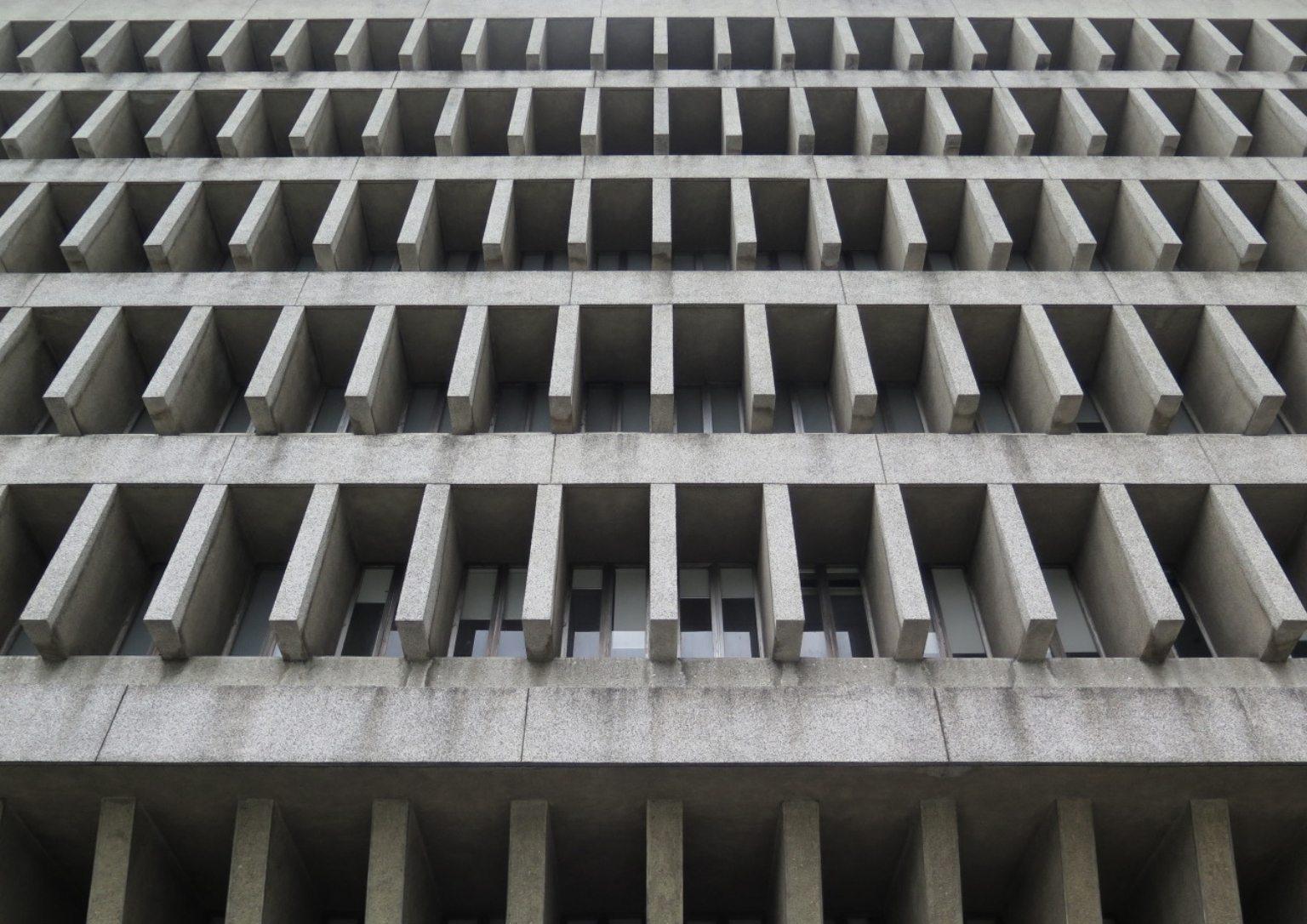
Even though most of the existing brutalist buildings in our country are aged, they are part of Filipino heritage and history. It is an integral element of the architectural story of the Philippines more than the movement’s foreign historical background.
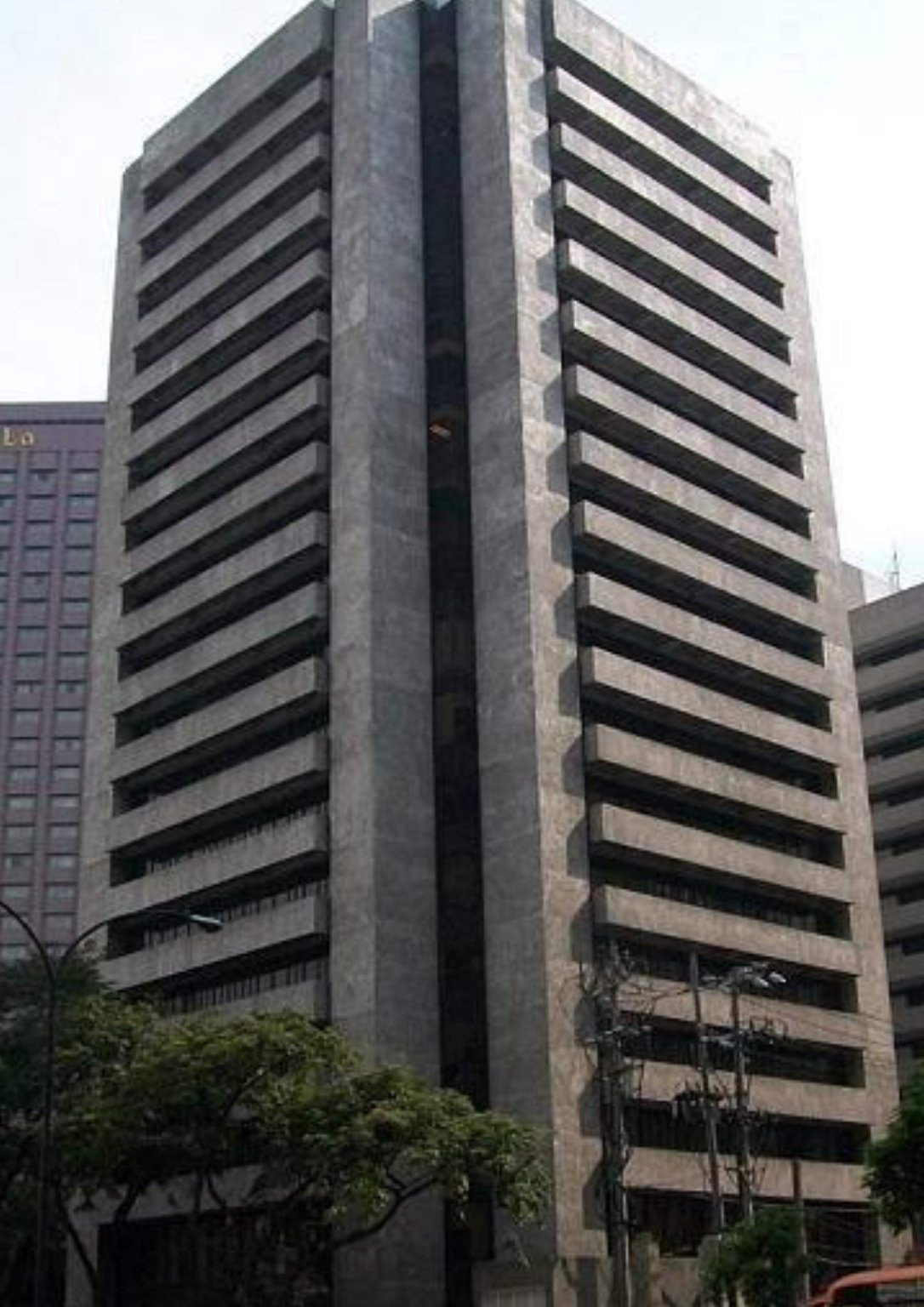
The concrete architectural prodigy has been present even in modern designs although the term doesn’t get much recognition. Throughout the years, brutalist architecture proved itself responsive to variations and vernacular impressions.
Neo-brutalism or modern-day brutalism is demonstrated through these buildings in South Korea (see photos above). An indication that the movement still exists and is evolving.
Photo credits: Raphael Olivier, Douglas Friedman, Jun Sanchez, ECM Jago, Michael Francis McCarthy, Brett Boardman, Randhir Singh
